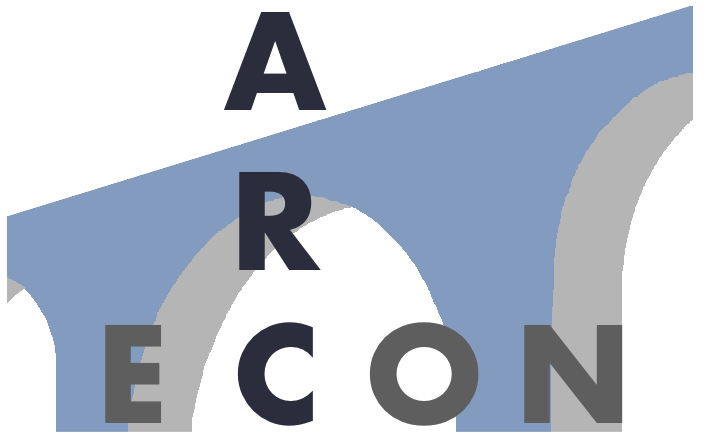Recently, I was invited by EY Real Estate in Munich to talk about the current economic environment of residential and commercial properties in Germany with an audience of 80-100 real estate professionals; here is some friendly feedback (external link).
With multipliers (price/rent ratios) in thriving metropolitan areas at around twice the level that was considered “expensive” 15 years ago, the rationale behind real-estate purchases has clearly changed. Once real estate is no longer being purchased (mainly) for the future stream of rental income, but instead for prospective gains in resale value, this seems to meet an obvious definition of a “bubble”.
What makes predictions under bubble-circumstances challenging is that — almost by definition — investor behavior no longer meets the framework of the models we typically apply (where value to some degree always derives from the rental revenue stream). Instead, investors play a guessing game on the other buyers’ beliefs (and willingness to pay). More psychology than (classic) economics.
What do we know about bursting real-estate bubbles from the still rather recent history? There were substantial co-movements between stock and real-estate valuations (with stocks faster both on the down-turn and the recovery) in 2008/2009 in the last wide-scale recession. By comparison, in the 2001 dot-com bubble burst — with a narrower economic fallout — real-estate markets remained mostly unscathed.
The background of the current economic shock (a viral pandemic affecting global health, industrial activity and service industries) hardly resembles the situation around the turn of the millennium. And the crisis is hitting those geographic areas hardest that are most densely populated — and register the highest valuations. So, unlike the “sub-prime” crisis of the past, it appears that objects and regions at the pinnacle of the market are currently most at risk.
